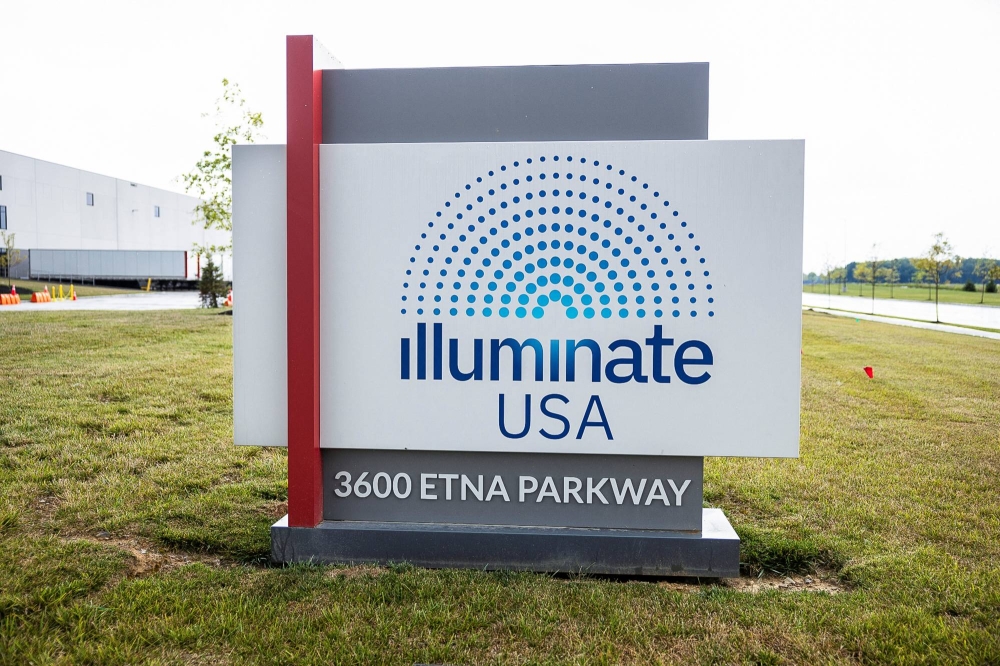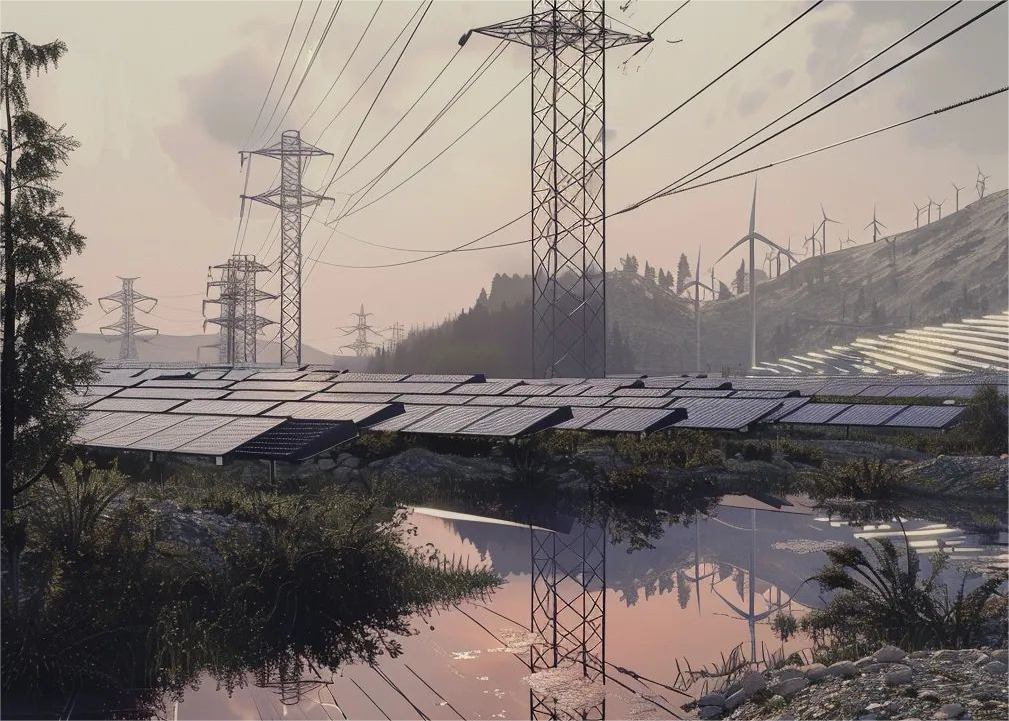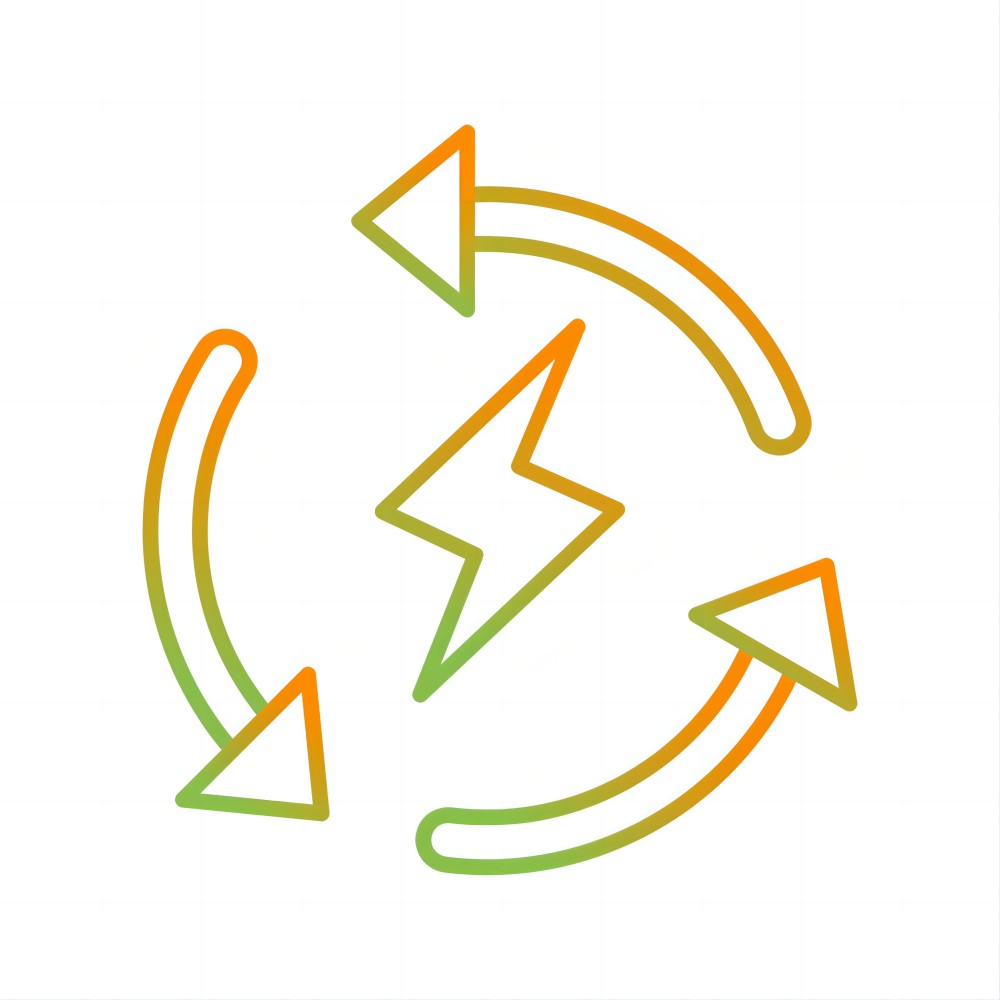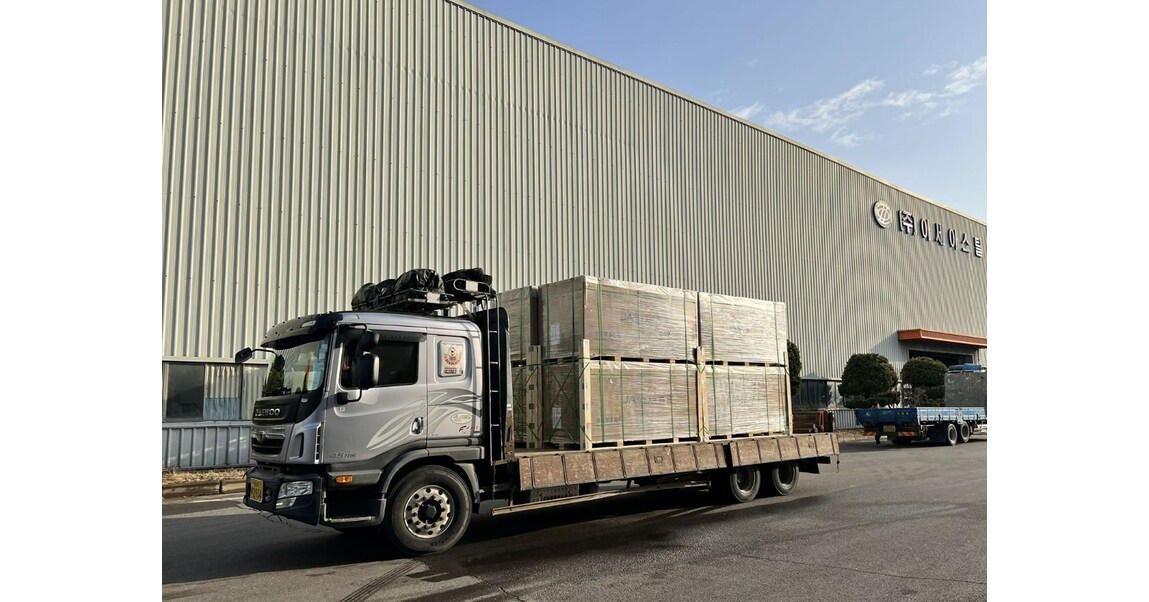Surge in Chinese-Owned U.S. Solar Plants
Chinese companies are rapidly constructing solar manufacturing plants in the U.S., positioning themselves to dominate the emerging industry. Despite federal subsidies, many American factories struggle to compete. Chinese firms will soon have at least 20 gigawatts of annual solar panel production capacity in the U.S., serving nearly half of the U.S. market, according to a Reuters analysis.
The surge includes companies like Jinko Solar, Trina Solar, JA Solar, Longi, Hounen, Runergy, and Boviet. This rapid increase in production by Chinese-owned firms raises concerns for U.S. President Joe Biden’s climate agenda. While his administration supports clean energy investment and job creation, it also aims to reduce dependency on China during the transition from fossil fuels to renewable energy.
Competitive Advantages and Challenges
Chinese-backed companies benefit from heavily subsidized supply chains for raw polysilicon and unfinished solar modules, as well as low-cost government financing. They also receive U.S. subsidies for clean energy manufacturing under the 2022 Inflation Reduction Act. Paula Mints, founder of SPV Market Research, highlights that Chinese firms’ experience in building factories and setting up supply chains gives them a significant edge.
David Feldman of the U.S. Department of Energy’s National Renewable Energy Laboratory agrees, noting that Chinese investments could help the U.S. solar manufacturing industry mature and create jobs. Local officials in Texas, Arizona, Ohio, and North Carolina have welcomed these investments.
Struggles for U.S. Manufacturers
American manufacturers face tough competition from cheap imports and China’s growing presence. For example, Convalt is struggling to bring online a 10 GW factory in upstate New York due to falling global panel prices. CEO Hari Achuthan emphasized the need for American manufacturers to survive this influx of low-cost products to build competitive factories.
The U.S. Department of Energy acknowledges that developing a domestic solar supply chain will take time and that foreign expertise is currently essential. Despite tariffs and bans on goods linked to China’s Xinjiang region over forced labor concerns, Chinese firms continue to dominate. They account for one-fifth of the solar factories announced since new climate subsidies were introduced.
Investment and Expansion
Chinese companies mainly invest in module production, assembling imported solar cells into panels. For instance, Longi produces panels in Ohio through Illuminate USA, a joint venture with Invenergy. Trina plans to start a 5 GW panel factory in Texas this year, also exploring a cell facility.
While some U.S. factory owners oppose Chinese producers, U.S. project developers seeking low-cost supplies welcome them. The American Clean Power Association notes that the U.S. solar-manufacturing sector attracts both global and domestic investment. However, top U.S. producers like Hanwha Qcells and First Solar push for new tariffs on imports from countries with Chinese-built factories.
Conclusion
Chinese companies are leading the surge in U.S. solar manufacturing, leveraging significant competitive advantages. While this growth supports the clean energy transition, it raises concerns about over-reliance on China. The U.S. aims to balance welcoming investment and fostering domestic manufacturing to ensure a sustainable and competitive solar energy market.
Source:japantimes.co.jp





